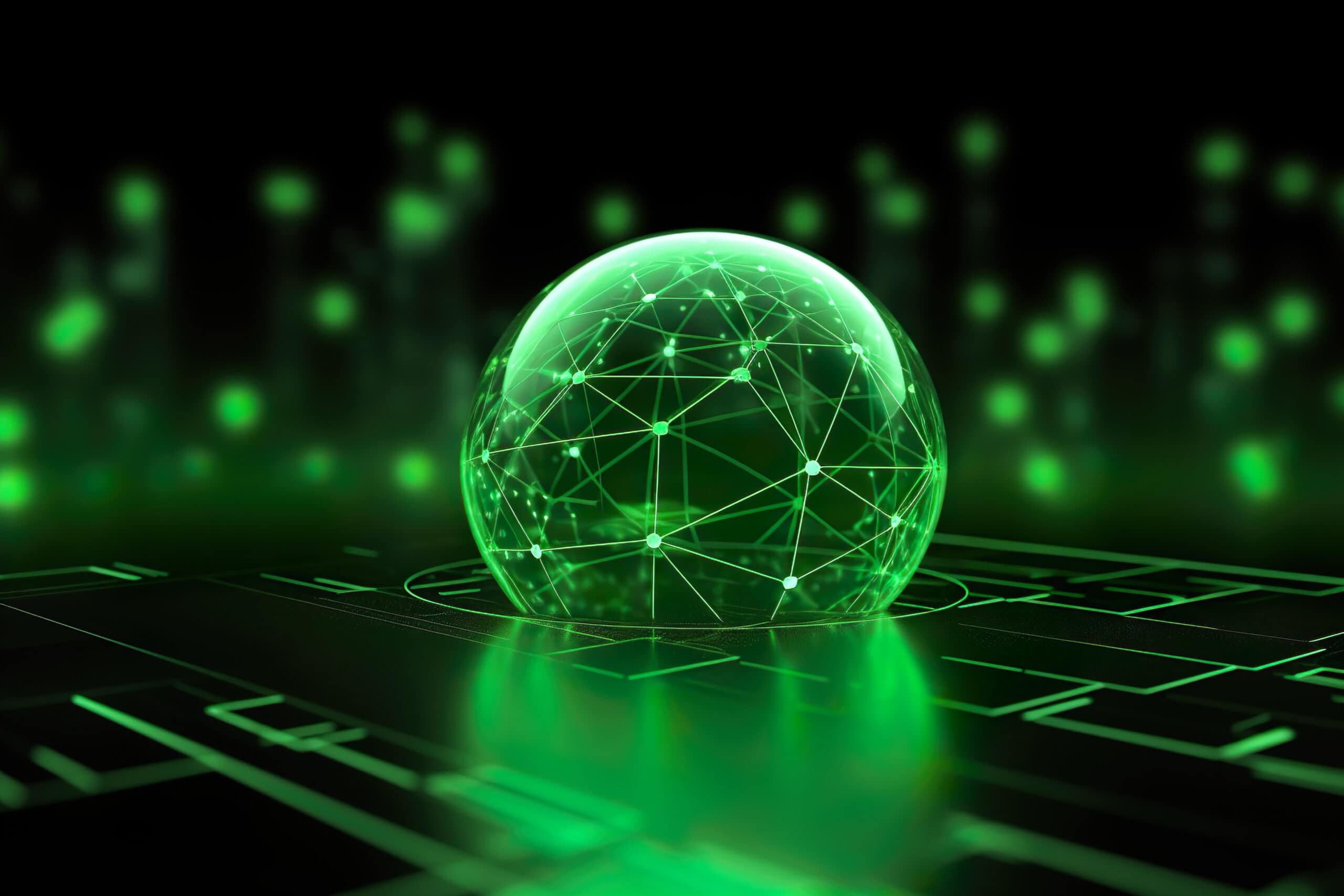This week, ESG. How AI Technology Can Contribute To Improving Renewable Energy.
Welcome to The Digital Eye, your weekly roundup of the latest technology news.
Our team of experts have scoured the internet for the most exciting and informative articles so that you can stay up-to-date on all things digital, data, blockchain, AI & analytics.
We hope you find this information valuable and would appreciate your help in sharing it with others who may also be interested.
How optimized object recognition is advancing tiny edge devices
Making edge devices magnitudes faster
Emza Visual Sense and Alif Semiconductor have demonstrated an optimized face detection model running on Alif’s Ensemble microcontroller based on Arm IP. The two found it is suitable for enhancing low-power artificial intelligence (AI) at the edge.
The emergence of optimized silicon, models and AI and machine learning (ML) frameworks has made it possible to run advanced AI inference tasks such as eye tracking and face identification at the edge, at low-power and low cost. This opens up new use cases in areas such as industrial IoT and consumer applications.
Powerful ‘Machine Scientists’ Distill the Laws of Physics From Raw Data
Researchers say we’re on the cusp of “GoPro physics,” where a camera can point at an event and an algorithm can identify the underlying physics equation.
In 2017, Roger Guimerà and Marta Sales-Pardo discovered a cause of cell division, the process driving the growth of living beings.
But they couldn’t immediately reveal how they learned the answer. The researchers hadn’t spotted the crucial pattern in their data themselves. Rather, an unpublished invention of theirs — a digital assistant they called the “machine scientist” — had handed it to them.
When writing up the result, Guimerà recalls thinking, “We can’t just say we fed it to an algorithm and this is the answer. No reviewer is going to accept that.”
How to Manage Your Complex IT Landscape with AIOps
Complete guide and blog post series on IT Operations Management with AIOps. Using AI and Machine Learning to manage IT complexity to deliver world class IT service while keeping the lights on.
Can we manage IT Operations with Machine Learning and AI by predicting major disruptive incidents on time and resolve it before a service outage happens, or would it be too complex to run IT Operations with algorithms?
The answer is a cautious yes, we can run IT Operations with algorithms and make predictions. And here is why. As AI and Machine Learning (ML) techniques are catching up in this peculiar sector, increasing IT complexity creates the need and pressure to manage various business applications and IT infrastructure more efficiently and intelligently.
So the answer to that need is of course Artificial Intelligence together with Machine Learning, or in other words Artificial Intelligence for IT Operations (AIOps).
Why investing in frontline workers tech benefits everyone
Investing in technology for all employees can help manufacturers streamline their processes and improve productivity.
All workers, and especially those on the frontline, deserve and need mentorships, training, and career guidance. If they receive that type of attention, their wages increase and they can have exciting career pathways with a higher loyalty.
Frontline workers in the United States – truck drivers, manufacturing line workers, packers and shippers, grocery clerks, servers, healthcare assistants, housekeepers, janitors and so on – are frequently trapped in positions with low wages and little to no prospects for advancement.
However, if these services gradually become more important, this could eventually change. What if we told you we could speed it up by investing now? There are immediate benefits to this approach. It’s innovative. Then there’s the fact that it is the right thing to do.
According to Doctor Nando de Freitas, a lead researcher at Google’s DeepMind, humanity is apparently on the verge of solving artificial general intelligence(AGI) within our lifetimes.
In response to an opinion piece penned by yours truly, the scientist posted a thread on Twitter that began with what’s perhaps the boldest statement we’ve seen from anyone at DeepMind concerning its current progress toward AGI.
Article by @smbilodeau in @TDataScience
With the pandemic still roaming in the background and the political crises uprising in many countries on top of the climate change growing impacts around the globe, the Renewable Energy sector (such as so many sectors globally) is thirsty for efficient tools and ways to get back on our “technology” feet.
But is it a choice or a sector-survival necessity to keep the light on during the storms?
One of the Artificial Intelligence pioneers, Rana el Kaliouby (an AI Thought Leader. Machine Learning Scientist. Deputy CEO at Smart Eye, and Former Co-Founder and CEO of Affectiva), had rightfully said that “AI is taking on many new roles in society — becoming our co-worker, serving as a virtual assistant in our homes, operating our cars, and more”.


